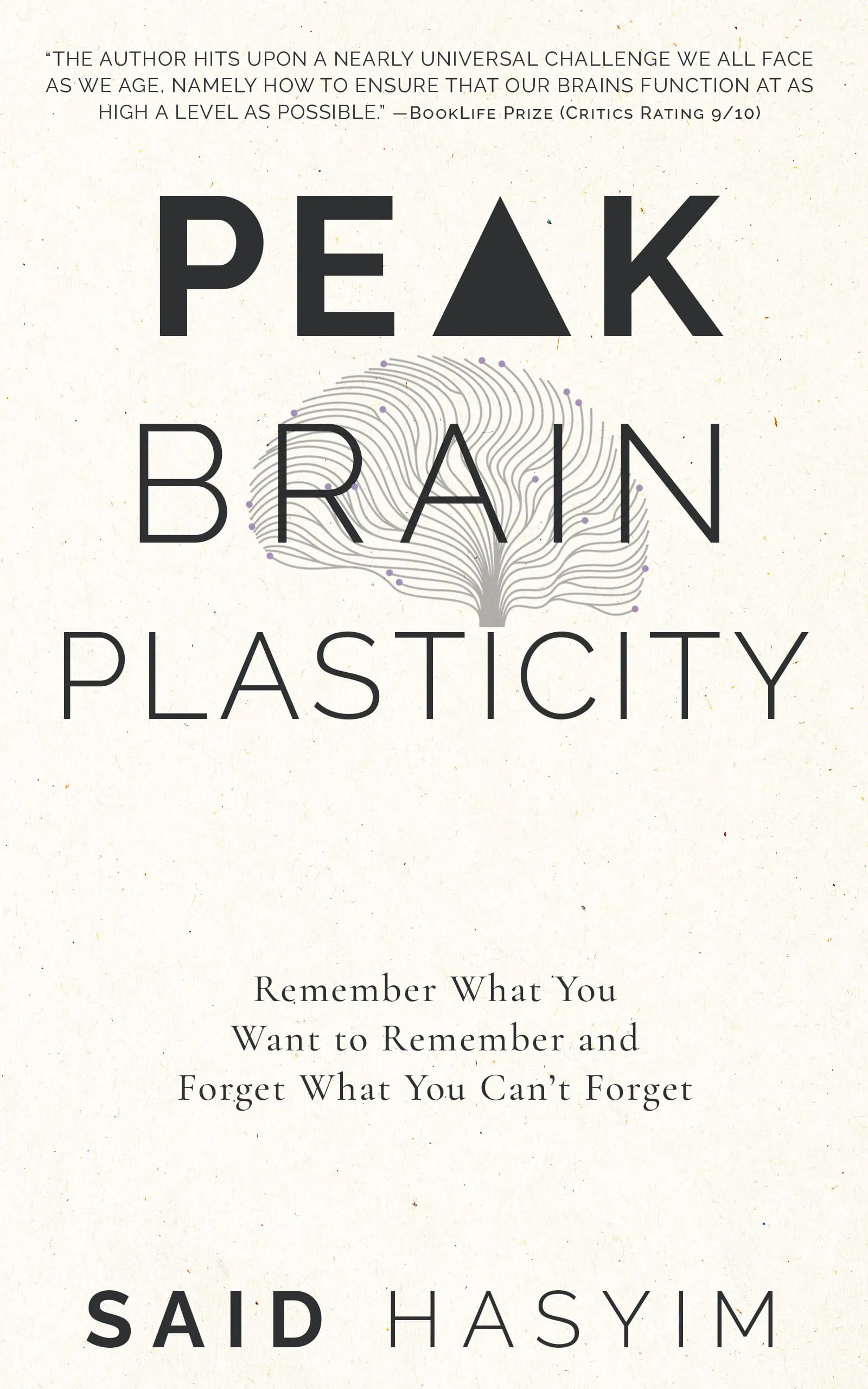The Intersection of Emotions and Memory Retention
When we think of memory, we often consider it a cold, hard function of the brain. We reminisce about school lessons, our childhood friends, or unforgettable vacations, but rarely do we stop to ponder the intricate connection between emotions and memory retention. It turns out that emotions play a critical role in how we encode, consolidate, and recall memories. This blog post delves deeper into this fascinating intersection, exploring how our emotional experiences shape the way we remember.
The Science Behind Memory
Memory is traditionally divided into different phases: encoding, storage, and retrieval. During encoding, our brains convert sensory input into a format that can be stored. Storage is where that information is maintained over time, and retrieval is the process of accessing that stored information when needed.
The brain structures chiefly responsible for these functions are the hippocampus and the amygdala. The hippocampus is essential for forming and organizing new memories, while the amygdala is predominantly involved in processing emotions. When these two structures collaborate, they create a powerful synergy that affects memory retention.
Emotional Memories Are More Vivid
Research indicates that memories tied to strong emotions are often more vivid and easily recalled than neutral memories. This phenomenon can be attributed to the amygdala's influence on the hippocampus. For example, a traumatic event may trigger a robust emotional response, leading the brain to encode that experience with particular intensity. Consequently, when we think back to that event, it often feels as if we are reliving it, complete with vivid imagery and emotional responses.
The Role of Neurotransmitters
Neurotransmitters such as norepinephrine and cortisol also come into play when emotions are high. In stressful or emotionally charged situations, the release of these chemicals enhances the formation of memories. Conversely, neutral events may not activate these neurotransmitters to the same degree, leading to less vivid or sometimes even forgotten memories.
Emotional Context and Memory Retrieval
Contextual Cues
Emotions create distinct contexts that serve as cues for memory retrieval. For example, if you were heartbroken while listening to a particular song, that song may evoke the same emotional state whenever you hear it again. This concept is known as state-dependent learning. The emotional state you were in during the encoding process can significantly influence your ability to retrieve that memory.
Mood Congruence in Memory
Mood congruence is another crucial concept that further illustrates the link between emotion and memory. Research shows that we are more likely to remember information that is congruent with our current emotional state. If you're feeling happy, you might more readily recall joyful experiences from your past, while negative emotions could lead you to dwell on sadder memories. This phenomenon underscores the potential for emotional states to bias our recollections, further complicating our understanding of memory.
Emotional Memory and Aging
As we age, our emotional memory can also evolve. Research suggests that older adults tend to better remember emotional events than neutral ones, potentially as a means of maintaining a sense of richness in their lives. Interestingly, they may also forget negative emotional experiences more easily. This phenomenon points to a behavioral adaptation in aging, wherein people might actively seek to remember the more positive aspects of their lives.
Alzheimer's and Emotion
Diseases like Alzheimer’s demonstrate the complex relationship between memory and emotions. Patients may struggle to remember factual details or names, but they often retain emotional memories longer. For instance, they may recognize loved ones and respond with affection, even if they cannot recall specific events. This indicates that emotional connections may create a different, perhaps more durable pathway in the brain, highlighting the importance of emotional memory in maintaining social bonds.
The Practical Implications
Understanding the relationship between emotions and memory retention has several practical applications:
Education: By creating emotionally charged learning experiences, educators can enhance retention and understanding. This can involve incorporating storytelling, relevant experiences, or emotional contexts into teaching.
Therapy: In psychological treatments, especially those addressing trauma, understanding how emotional memories linger can help therapists develop more effective strategies for releasing these memories and creating positive emotional experiences.
Personal Development: Individuals can harness the power of emotions in their lives, consciously creating joyful or meaningful experiences that may lead to better memories, helping them to cultivate a rich, positive narrative of their lives.
Conclusion
The intersection of emotions and memory retention reveals a complex and compelling picture of how our experiences shape our recollections. As powerful emotionally charged memories can offer both comfort and distress, understanding this relationship helps us navigate our own emotional landscapes. By appreciating how deeply intertwined our emotions are with our memories, we can become more mindful of our experiences, fostering richer, more meaningful lives.
In learning more about these dynamics, we attune ourselves not just to what we remember, but how we can shape our mind and heart for a better future. After all, a life well-lived is often composed of not just the facts we remember, but the feelings we carry with us along the way.
Harness the Power of Neuroplasticity
Discover Peak Brain Plasticity, a practical book to harnessing neuroplasticity. Enhance your memory, learn new languages quickly, and alleviate anxiety with effective study methods. Uncover daily habits that impact cognitive health and explore techniques for accelerated learning and memory retention. Unlock your brain's potential for growth and transformation.
